HOW ECOMMERCE MASSIVELY BOOSTS THE FURNITURE MARKET IN 2022?








The desire for home furnishings and design among consumers has significantly increased as life gets better and better. The majority of consumers still prefer to choose and purchase products in physical stores and showrooms, but online furniture shopping is an increasing tendency. Additionally, the impact of the Covid-19 pandemic on consumer purchasing habits has changed how people purchase, which has greatly aided the development of the furniture eCommerce market.
The enormous potential of eCommerce for furniture
BusinessWire estimates that the size of the furniture eCommerce market in 2021 was valued at USD 27.74 billion and that it would increase at a compound annual growth rate (CAGR) of 4.4% from 2022 to 2030 to reach USD 40.74 billion.
Recent findings made by Maddyness include the following intriguing details:
- The value of the worldwide furniture eCommerce market exceeds $200 billion.
- Online sales account for more than 90% of the growth of the furniture industry.
- According to estimates, 8 out of every 10 consumers who purchase furniture have made an internet purchase at least once.
- One in three consumers prefers to buy furniture online.

The advantages of eCommerce implementation for the furniture business

Catching up with market changes
The furniture sector has experienced a significant decrease in sales over the past few pandemic years, along with many other industries.
People are compelled to reduce their social interactions during the social withdrawal period. They now spend more time working, living, entertaining, and teaching at home. In light of the unpredictable changes of the pandemic, the necessity to clean and renovate the dwelling has therefore substantially increased.
Due to limits on leaving the house, online shopping at the time had become not only a need but also an urgent method of purchasing in place of in-person purchases. That serves as the springboard that gives eCommerce its spectacular development and propels it into other industries like fashion, grocery, wine, and even furniture.
These two elements highlight the “cake’s” enormous potential and aid many furniture companies in realizing and swiftly implementing eCommerce for market revolution and sustainable development.
Expand the business scope
Due to the Internet’s rapid expansion and the burgeoning online shopping trend, which is gradually replacing traditional offline shopping, the adoption of eCommerce will benefit furniture manufacturers by providing a new sales channel and attracting a big number of potential clients (at stores, and showrooms).
eCommerce implementation will also help to broaden the market for businesses by improving the circumstances for marketing campaigns to be more successful.
Enhance customers’ online shopping experience
When firms use technology to improve customer experience in eCommerce, furniture shopping will happen more quickly.
In the digital age, for instance, visual experiences from VR/AR technology, 3D product visualization, and 360-degree photography are very popular, gradually replacing in-store shopping while still being fully informed and realistic visualization of products, thereby increasing customer satisfaction during online shopping.
eCommerce enables businesses to quickly and effortlessly tailor the experience for customers by gathering, evaluating, and synthesizing the consumption behavior of each target group. Typically, this is done with the capabilities listed below: Products have seen, similar product recommendations, etc.
eCommerce provides clients with a seamless experience in addition to an intuitive one across a variety of channels, including social networks (Facebook, Instagram, Tiktok, Zalo, etc.), eCommerce platforms (Shopee, Lazada, Tiki, Sendo, etc.), eCommerce websites, mobile apps, etc.
The interesting story of big guys
IKEA – The iconic furniture retailer, enters eCommerce to boost online sales

IKEA, or Ingvar Kamprad Elmtaryd Agunnaryd, is the world’s largest furniture retail enterprise and specializes in delivering minimalist-styled assembled furniture, household appliances, and accessories.
IKEA was established in 1943 in Sweden by Ingvar Kamprad, who started his business at the age of 17. IKEA swiftly gained global dominance with 392 locations across 48 nations.
With the goal of offering furniture with a lovely style and wide application while keeping the price low so that as many people as possible can purchase the goods. The majority of the departments, from marketing and sales to supply chain and warehouse, share this goal.
Everybody works together to keep IKEA’s “vital” competitive edge intact so that the company can publish catalogs with thousands of products offered at long-term stable prices.
Despite being the largest furniture retailer in the world, IKEA has lagged behind eCommerce trends, according to the Financial Times. This well-known retailer started “renovating” its sales technique only when it encountered numerous internet rivals.
The biggest barrier that makes it difficult for IKEA to adjust its previously successful business model is the maze-like arrangement of store layouts to create an engaging experience of sightseeing, interior shopping, or requiring customers to drive to the store and assemble the components to make their own furniture.
But IKEA has unimaginably succeeded in launching an e-commerce website by fusing cutting-edge technology with a well-organized marketing plan. In particular, IKEA specifically uses VR/AR technology, which is seen as a new eCommerce trend and is favored by many firms, to improve users’ online purchasing experiences.
IKEA thereby covers the sales void left by the prior on-site furniture business model, but the gap won’t truly be felt until the Covid-19 pandemic and social separation restrictions are in place.
From this point, IKEA expands its consumer base both online and offline, and sales are progressively encouraged to increase significantly.
Additionally, IKEA’s eCommerce website incorporates Instagram posts of photographs of IKEA furniture goods that consumers customize, share, and tag with the hashtag #IKEA.
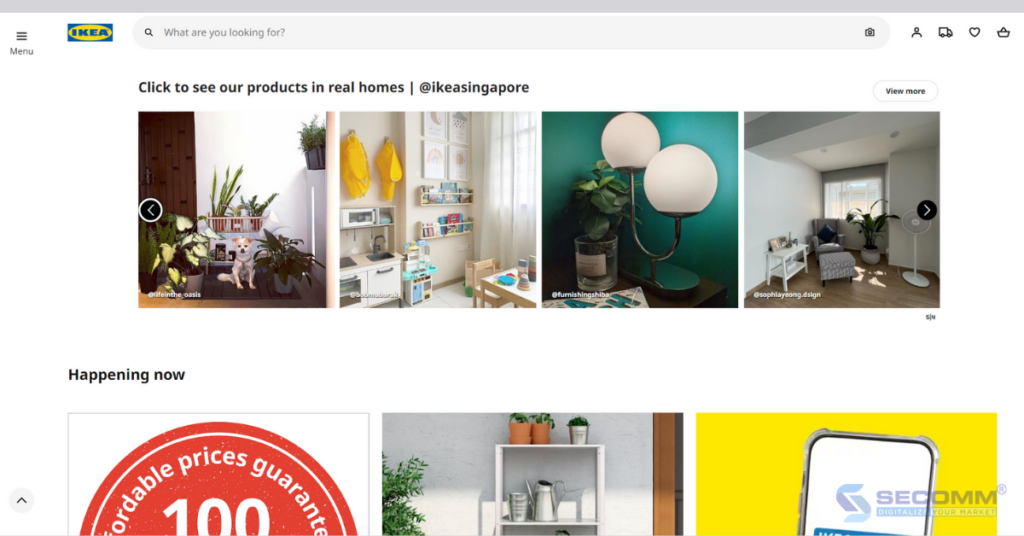
This not only helps this brand connect closely with Instagram users, increase its reputation and strengthen the loyalty of existing customers but above all, quick access to a large diverse customer base from the Internet in general and Instagram in particular thanks to the popularity and influence of this social network on young consumers.
Nha Xinh – The veteran warrior in furniture eCommerce

Established in 1999, Nha Xinh is a well-known furniture brand in Vietnam. It has two sizable showrooms, one each in Hanoi and Ho Chi Minh City.
As a manufacturer and supplier of living room, bedroom, dining room, and kitchen furniture with an Asian design aesthetic that favors coziness, friendliness, and simplicity above sophistication and luxury, Nha Xinh is a specialist in this field.
Nha Xinh’s website belonged to the “long-lived” row in the Vietnamese eCommerce village when it was created and launched in 2007, a period in which Vietnam was still getting used to utilizing the Internet to progressively integrate with the rest of the world.

Nha Xinh’s eCommerce website has survived many years of market ups and downs while maintaining its inherent simplicity, intimacy, and sophistication.
Product categories are arranged clearly and harmoniously in each room to make it easy for customers to search, choose products that suit their needs, and get a sense of the room’s overall layout.
Customers can choose from a variety of options because the room’s layout is available with furniture and includes a detailed price. If they prefer, they can even select a combination of the interior and decor of the room without having to spend a lot of time figuring out how to combine each item because Nha Xinh already did it.
Additionally, Nha Xinh’s website has a unique section called “360-degree store” that uses 360-degree technology to let customers view the company’s interior products from a distance in an accurate manner from every nook and cranny of the room and every angle of the product, along with comprehensive information and price lists for each item.
Additionally, Nha Xinh’s “Inspiration Corner” catalog offers a wealth of thoughts and ideas to assist clients in designing their dream living space. Nha Xinh gives home design recommendations in a variety of styles, from elegant, and gentle to strong and personable depending on the individual’s preferences.
Therefore, Nha Xinh is more than just an eCommerce site that sells furniture; it is also a handbook that provides customers with never-ending design ideas.
Noi That Hoa Phat – The giant is committed to winning the eCommerce race

Hoa Phat Furniture was founded in 1995 and over the course of over three decades has made a positive impact on Vietnamese consumers’ perceptions of quality products and exquisite design while fulfilling a variety of needs for office furniture, home, household furniture, and medical furniture.
With a consistent growth rate of 20–25% each year, the brand is getting stronger and reaffirming its position as Vietnam’s top supplier and manufacturer of furniture.
When Hoa Phat Furniture changed its name to The One Furniture in the year 2022, it left a lasting impression on the industry. The brand name change is linked to adaptable changes in strategy. The company focuses on enhancing the stature, appearance, and image connected with the growth of the nation, helping to instill a variety of ideals into society.
Hoa Phat Furniture (now The One Furniture) invests extensively in technology infrastructure to streamline the production and supply process at the same time as it aspires to expand throughout the area and the world. One might say that The One Furniture has carried on the brand’s good core principles and improved upon them in order to better suit the current market trend.
One of Hoa Phat Furniture’s greatest successes to date is the effective use of 3D printing technology in production, which has helped the company create a number of new products like the Smart Safe; sofa and chair folding in the Italian style while also reducing production costs and speeding up prototyping and increasing product accuracy.
Hoa Phat Furniture concentrates on creating an eCommerce website to reach many potential clients that have a habit or preference for online buying, in addition to being adaptable and prompt with changes in strategy.
The firm creates websites using the WooCommerce framework, a well-known and dependable open-source platform used by many companies to implement eCommerce.

Compared to the previous version of Hoa Phat Furniture, The One Furniture’s new website (noithattheone.com.vn) features a more simplified, gorgeous, and contemporary interface (noithathoaphat.com.vn).
Additionally, the business supports the growth of well-known social media platforms like Facebook, Instagram, Youtube, and TikTok to broaden brand awareness, attract more customers, and enhance coverage.
Plus, the business offers a wide range of shipping and payment choices to accommodate the various needs of clients, making online buying at The One Furniture or Hoa Phat Furniture as convenient as it can be.
It is clear that the growth of the furniture market has been hastened by the speed at which eCommerce is developing.
Today, numerous local and international furniture companies participate in and offer the greatest shopping experiences to customers through the effective implementation of an eCommerce website, including IKEA (Sweden), Nha Xinh, and Hoa Phat Furniture (Vietnam).
From there, companies may quickly connect with a wider pool of Internet users and generate conversions through efficient marketing strategies.
However, business leaders need to carefully and comprehensively take into account the growing customer expectations and rapidly shifting market trends, not to mention specifically describe a systematic and precise business strategy for taking the most advantageous actions in the short and long term.
Completing that difficult task will take a lot of time and resources. As a result, many furniture companies opt for a more straightforward approach to the issue, enlisting the assistance of a highly qualified and dependable unit.
SECOMM has many years of expertise in effectively executing eCommerce for numerous customers in various countries. We specialize in offering free consultation services with qualified eCommerce implementation solutions.
Contact us right away for free counsel and assistance.














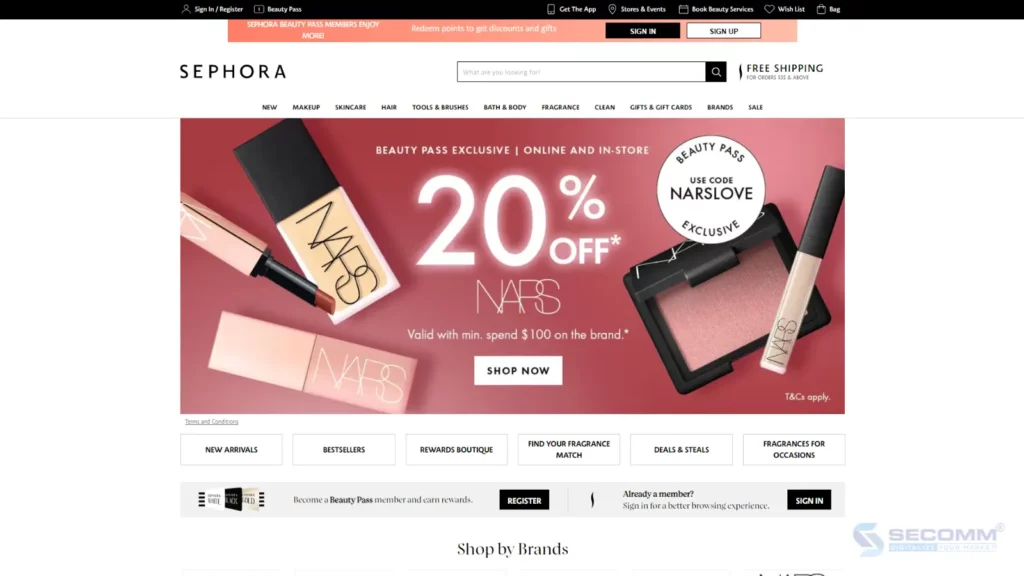
















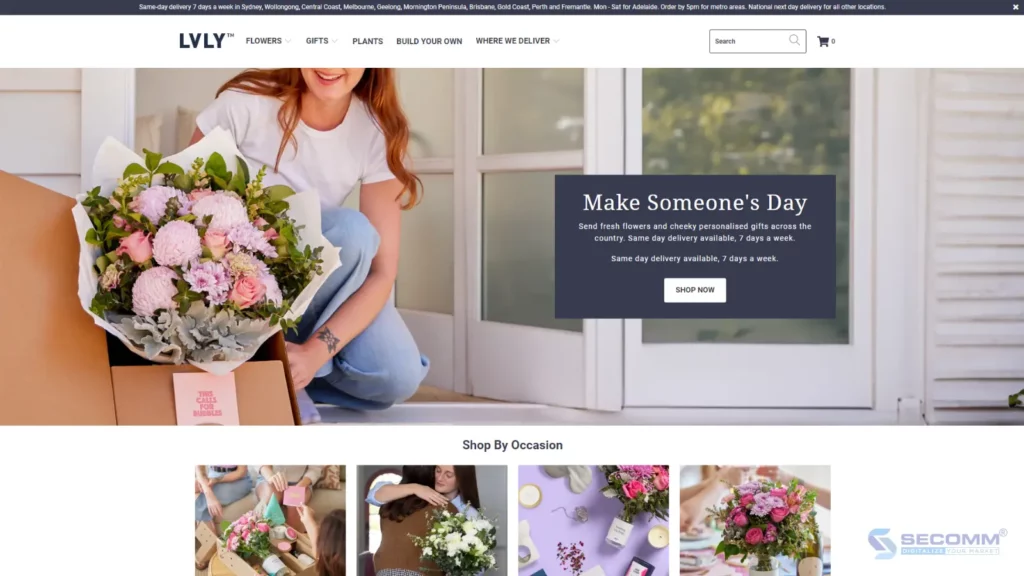





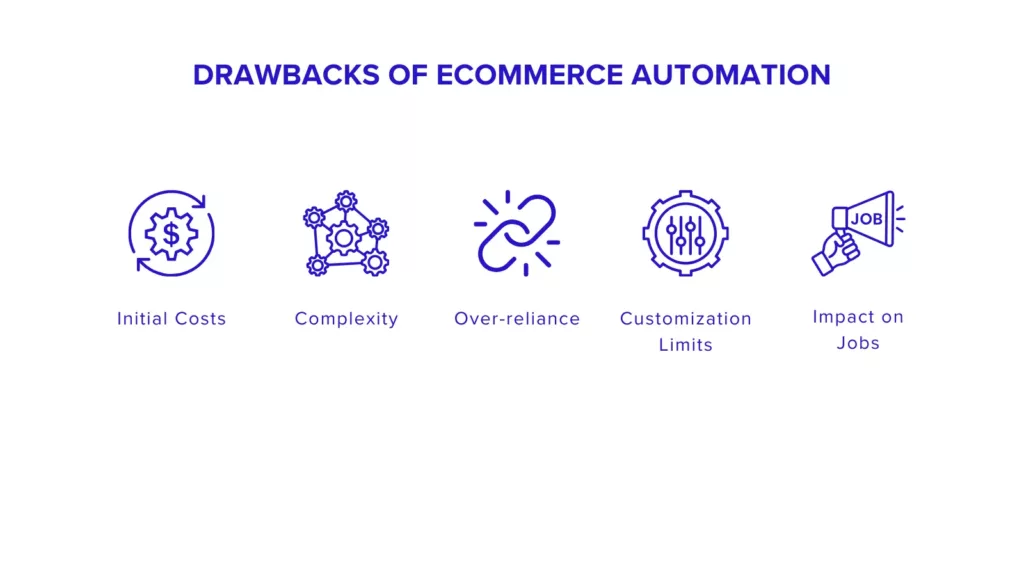
























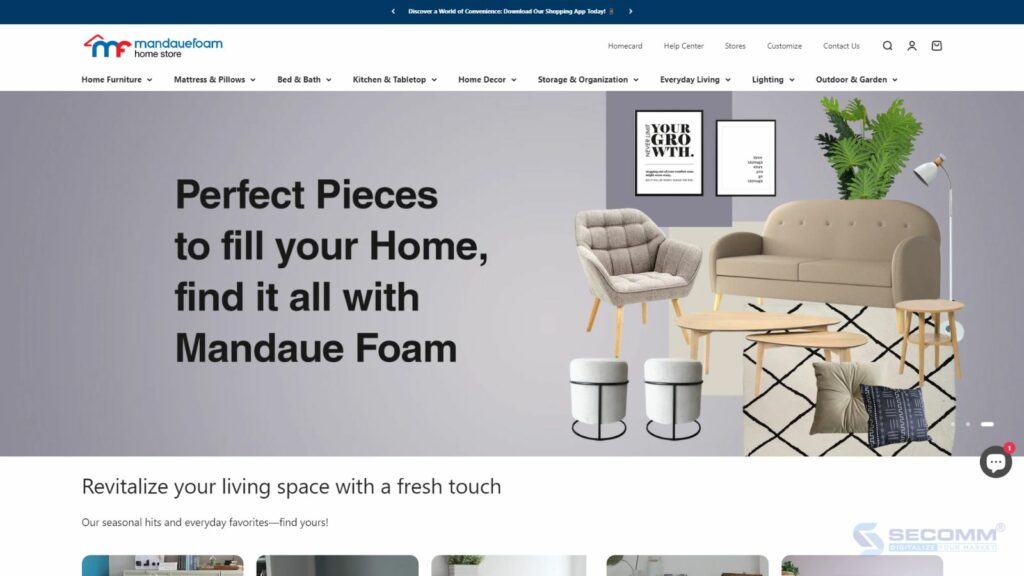














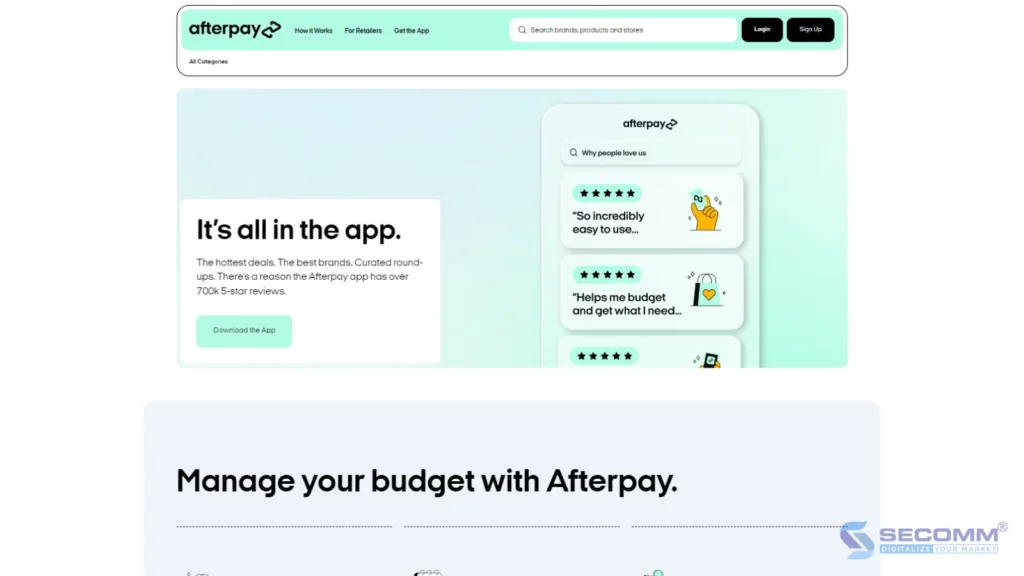


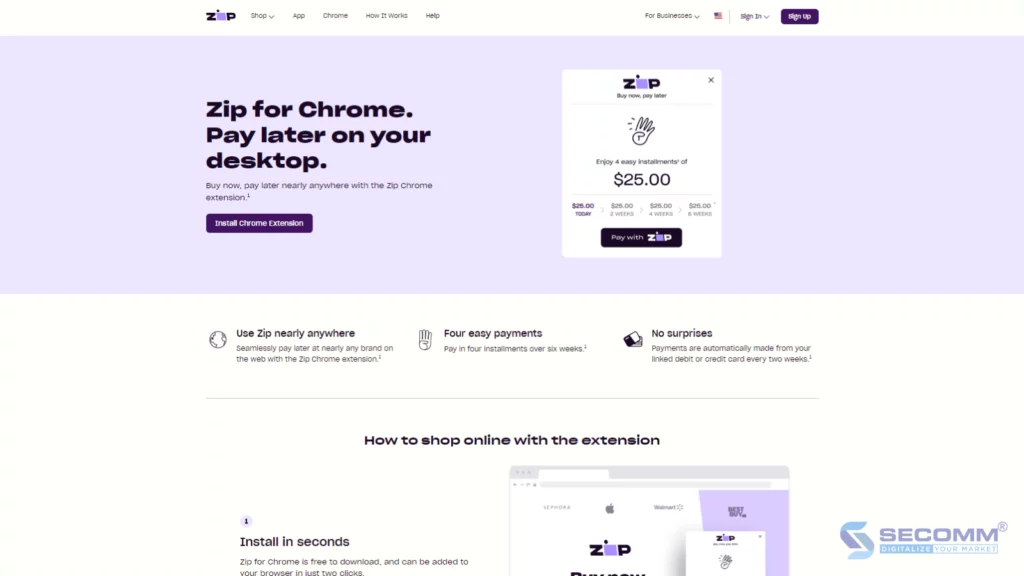
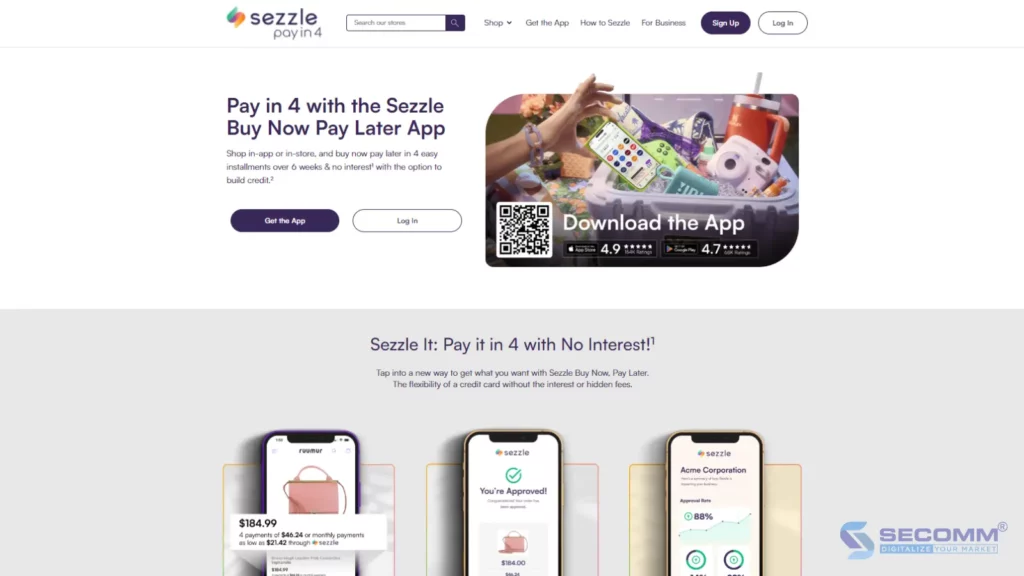






















Comment (0)